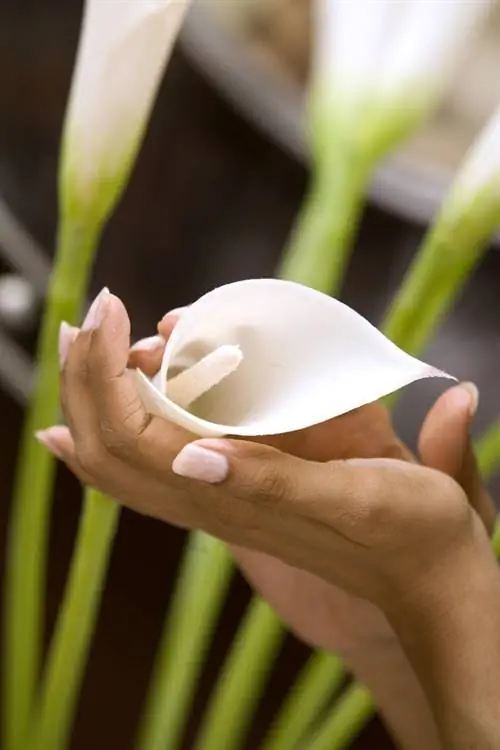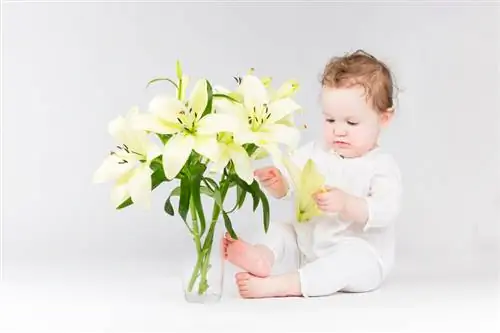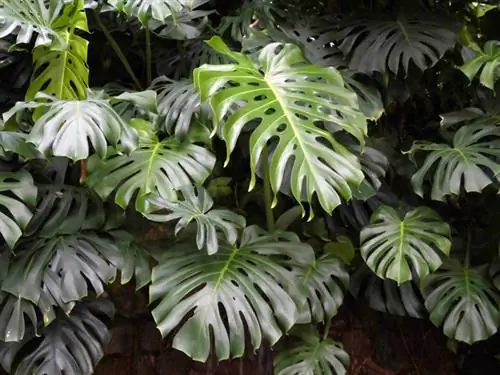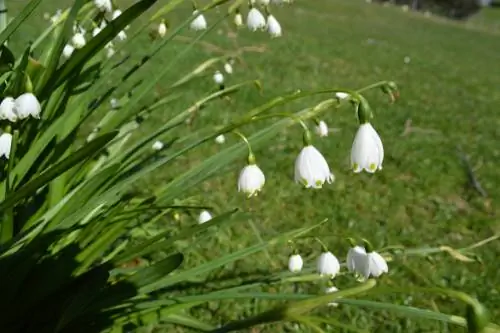- Author admin [email protected].
- Public 2023-12-16 16:46.
- Last modified 2025-01-23 11:20.
The magnificent and bright flowers of the daffodils are among the messengers of spring that can transform the garden into a sea of flowers with relatively little care. However, seemingly omnipresent plants such as the daffodil are often underestimated in their toxicity.
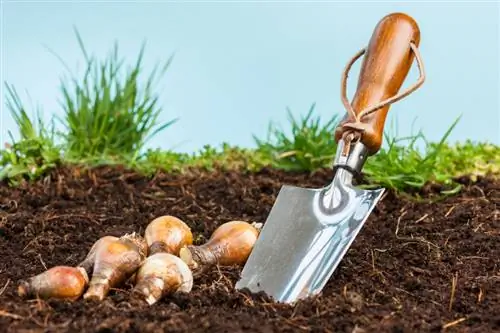
Are daffodils poisonous?
Easter bells are poisonous because they contain alkaloids such as lycorine, calcium oxalates and haemanthamine. If consumed, vomiting, diarrhea, abdominal pain, cardiac arrhythmias and paralysis can occur. Particular caution is required around children and pets.
Ingredients and their concentration in daffodils
The daffodil or yellow daffodil contains, among other things, various alkaloids such as lycorine, calcium oxalates, haemanthamine and various bitter substances. These are distributed throughout the plant, but the highest concentration is found in the bulbs. In natural medicine, homeopathic amounts of these substances are used to treat bronchitis and diarrheal diseases, but this should only be done by medical professionals.
Effects of toxic substances on humans and animals
The leaf material and bulbs of daffodils can cause the following effects to humans and animals when consumed:
- Vomiting
- diarrhea
- Stomachache
- Cardiac arrhythmias
- Symptoms of paralysis followed by collapse
Since even small amounts consumed by children and dogs can lead to death, they should not be able to get to the bulbs while planting daffodils. If there is suspicion of poisoning with plant parts or daffodil bulbs, a lot of drinking water and activated carbon (€7.00 on Amazon) should first be administered. The poison should then be removed from the stomach tract by a doctor as quickly as possible.
Precautions when handling daffodils
Since daffodils are also often sold as cut flowers, it is advisable to be careful with children and pets about the toxic water in the flower vase. After a mere touch during the flowering period, washing your hands thoroughly is enough to avert danger. However, florists sometimes experience skin irritation/dermatitis after intensive contact with the plant sap.
Tip
The greatest danger with daffodils is accidental consumption due to the flower bulbs being confused with edible onions. Therefore, the already hardy bulbs should not be dug up after flowering and should never be stored in the cellar next to the edible onions.


